Despite ongoing calls from the industry for greater access, only two additional Authorised Testing Facilities (ATFs) for battery-electric vehicles over 3.5 tonnes have been opened in the past nine months.
That’s according to a Freedom of Information (FOI) request submitted by Venson Automotive Solutions to the DVSA, which revealed that there were 565 ATFs as of the start of the year.
Due to the weight of the battery, many battery-electric vans have a gross vehicle weight (GVW) above the 3.5t threshold and are therefore currently classed as HGVs, putting pressure on ATFs to keep up with demand, says Venson.
Vehicles falling into HGV testing are subject to additional burdens which include: a first test after one year from registration versus after three years from registration for class 4 or 7 vehicles; higher test fees; and a smaller, more saturated network of testing facilities to book tests with.
This, says Venson, has reportedly resulted in more vehicle downtime during testing and, therefore, greater costs for fleet operators.
Operators of fleets with a mix of battery-electric and internal combustion engine (ICE) vans may find the variation in testing procedure particularly burdensome, as vehicles being used for the same task by the same group of drivers may have to be on separate testing schedules.
While all the 565 ATFs and five DVSA Goods Vehicle Testing Stations (GVTS) can test electric vans weighing more than 3.5t, the design of some of these sites (inspection pit width and wheel track of the vehicle) may prevent some vehicles from being tested – adding a further challenge for electric HGV fleet operators, says Venson.
The DVSA does not hold a record of inspection pit width but said it “has not had raised any issues of access difficulties”.
Of the 1,223 vehicles weighing between 3.5t and 4.25t that were tested (comprising 1,627 tests in total) between January 1, 2022, and January 31, 2025, just 5.5% failed.
The DVSA reports that these vehicles are generally prepared for test and therefore the failure rate cannot be directly compared to that in light vehicle MOTs. The top defect (20 defects) was ‘Item 67 aim of headlamps’.
With commercial vehicle downtime management such a key operational issue for many fleet operators, Venson is urging the Government to expedite the outcome of its Zero Emission Van Consultation, which closed on March 3 this year.
In addition to the reclassification of electric vans for MOT purposes, it could ease the current stringent examination process imposed on the largest electric vans, it says.
Lee O’Neill, operations director at Venson Automotive Solutions, said: “Government is encouraging UK fleets to transition to electric vehicles, yet the current MOT testing framework is creating unnecessary barriers.
“Fleet operators are facing longer vehicle downtime while waiting for tests, alongside higher testing fees, which is placing additional pressure on operations.
“We strongly urge government to fast-track the results of its Zero Emission Van Consultation and consider a more pragmatic approach.
“Of course, safety must remain the top priority, but it’s important to recognise that a 4.25t electric van is, in essence, the same as its internal combustion engine equivalent, it’s the battery that is tipping the balance.
“Allowing zero-emission vans in this category to undergo Class 7 MOT testing instead of HGV testing would be a practical and impactful solution.”
Venson's warning comes after the Association of Fleet Operators (AFP) said some fleets were finding tests “impossible” to book for their 4.25 tonne electric vans.

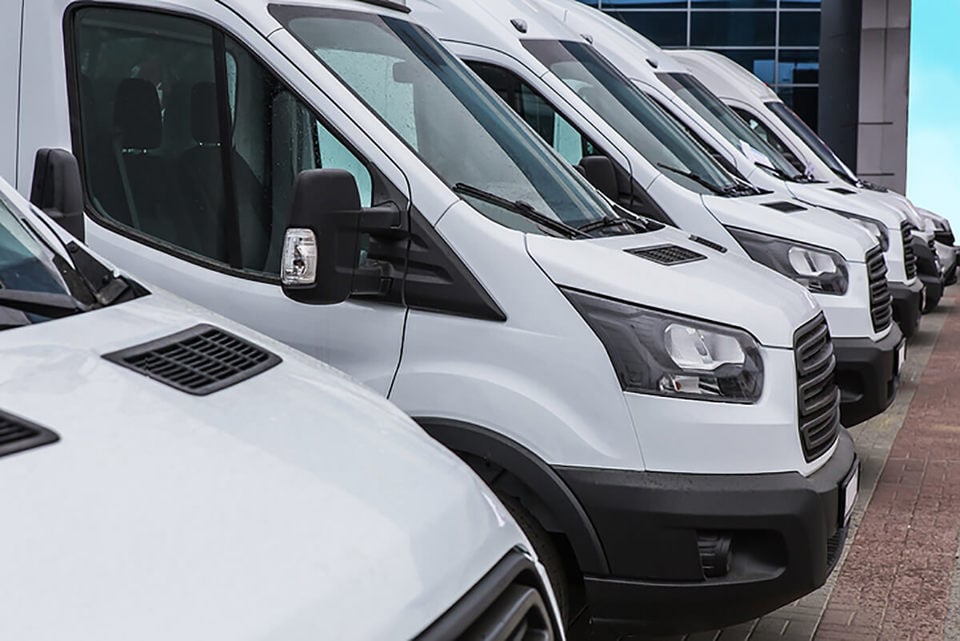
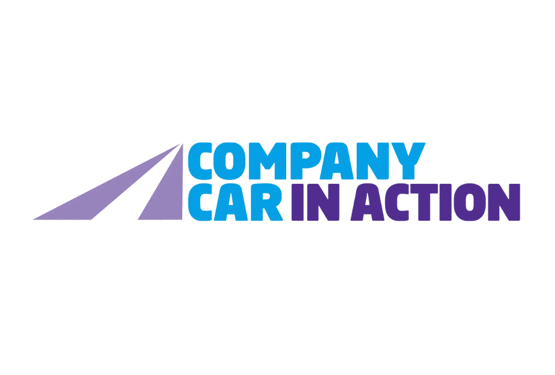



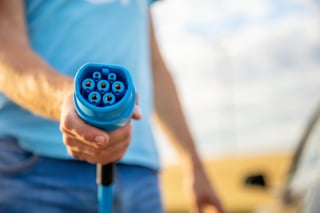
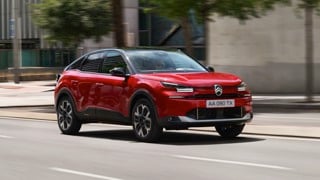
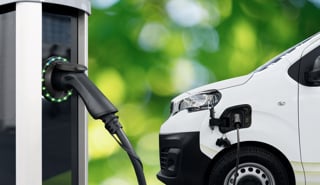
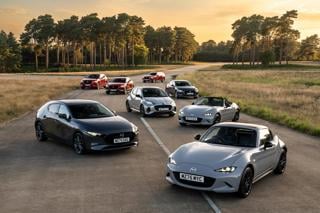
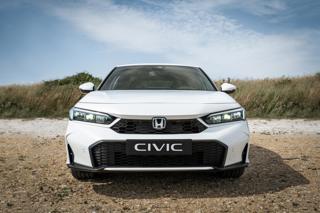

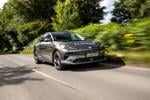
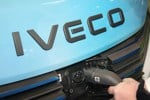



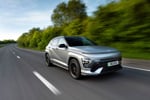

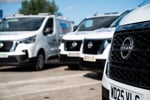



Login to comment
Comments
No comments have been made yet.